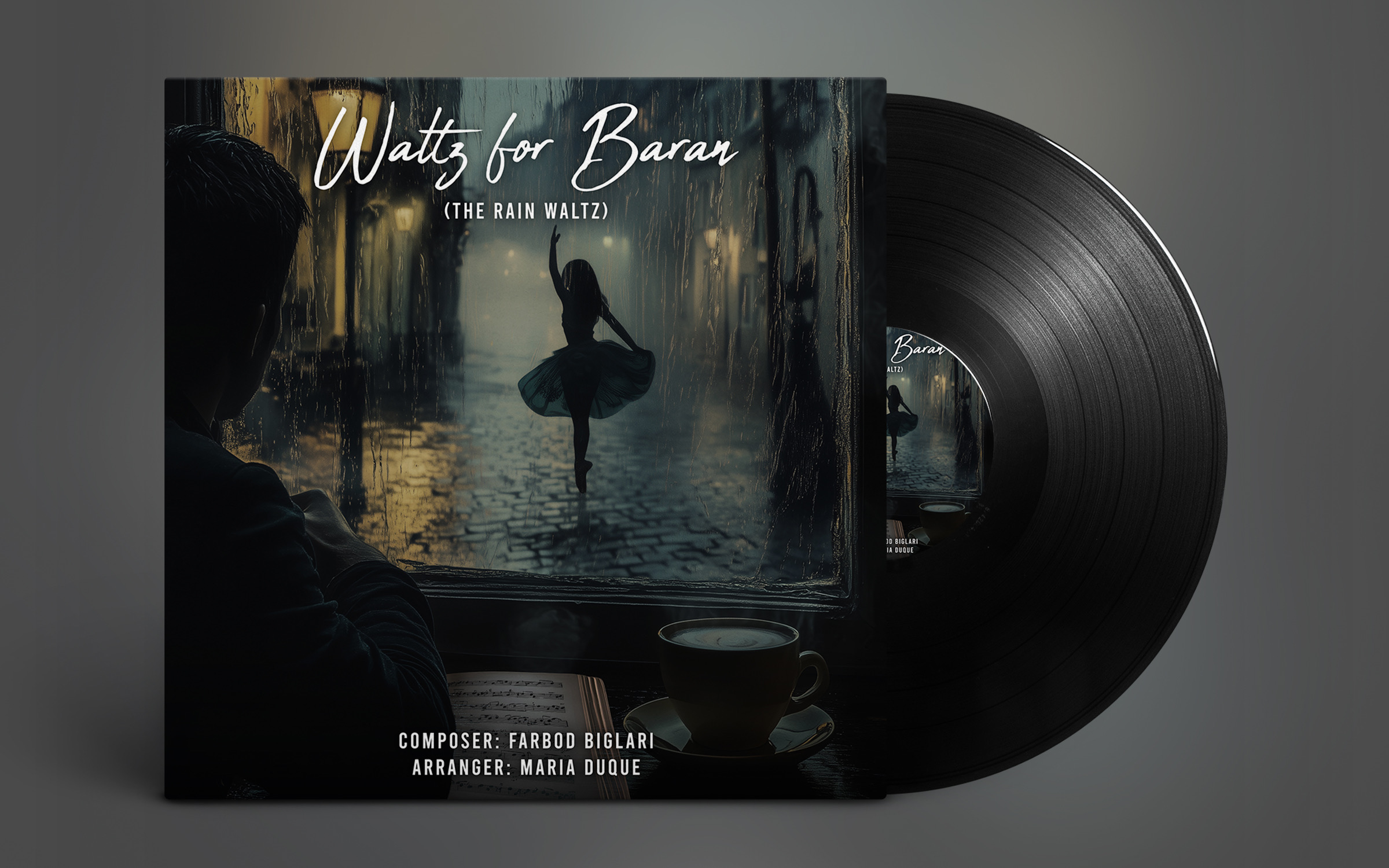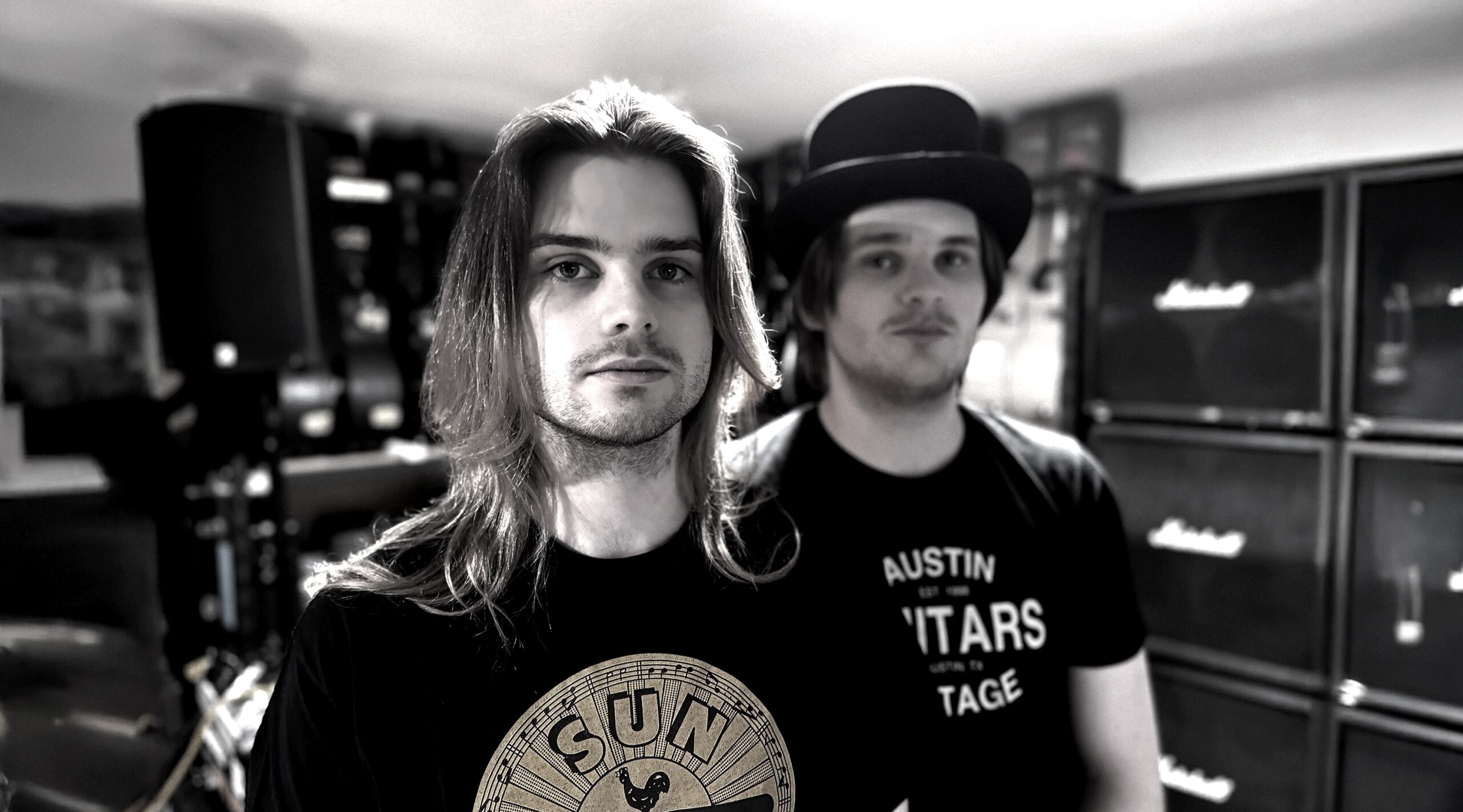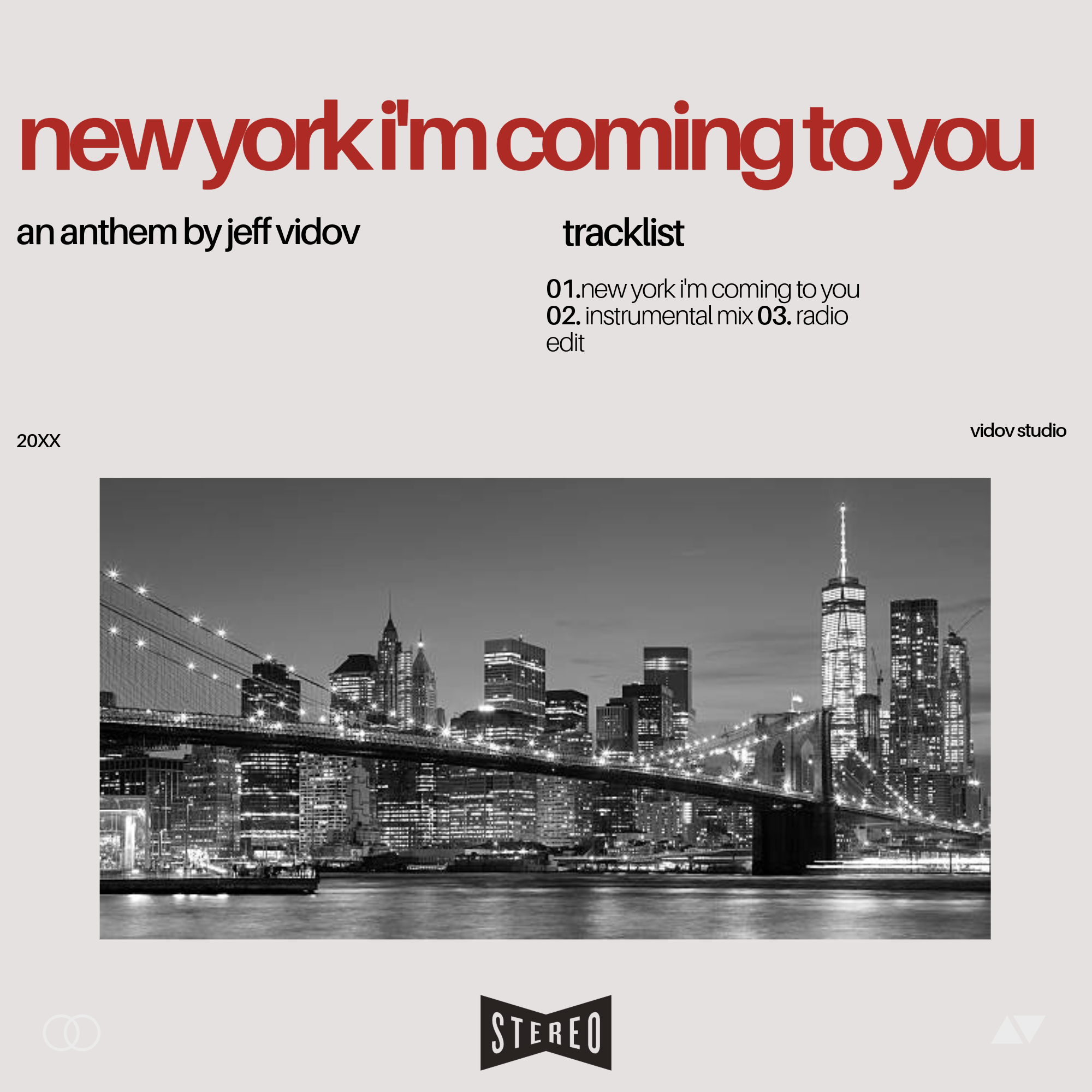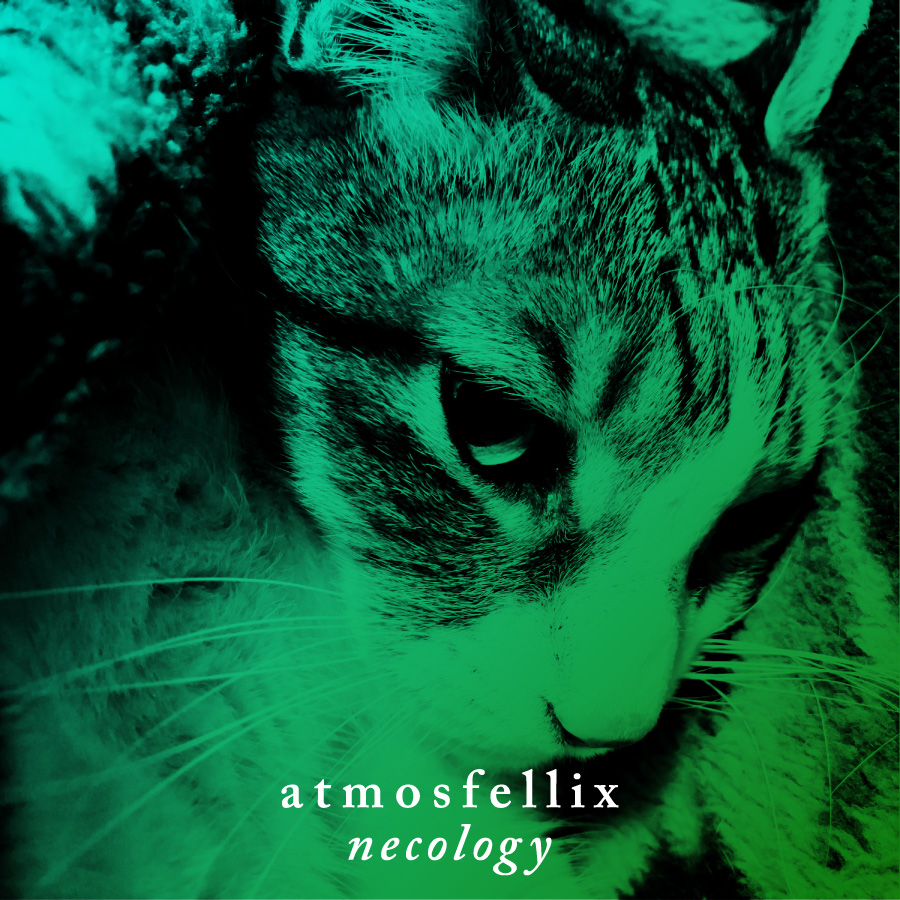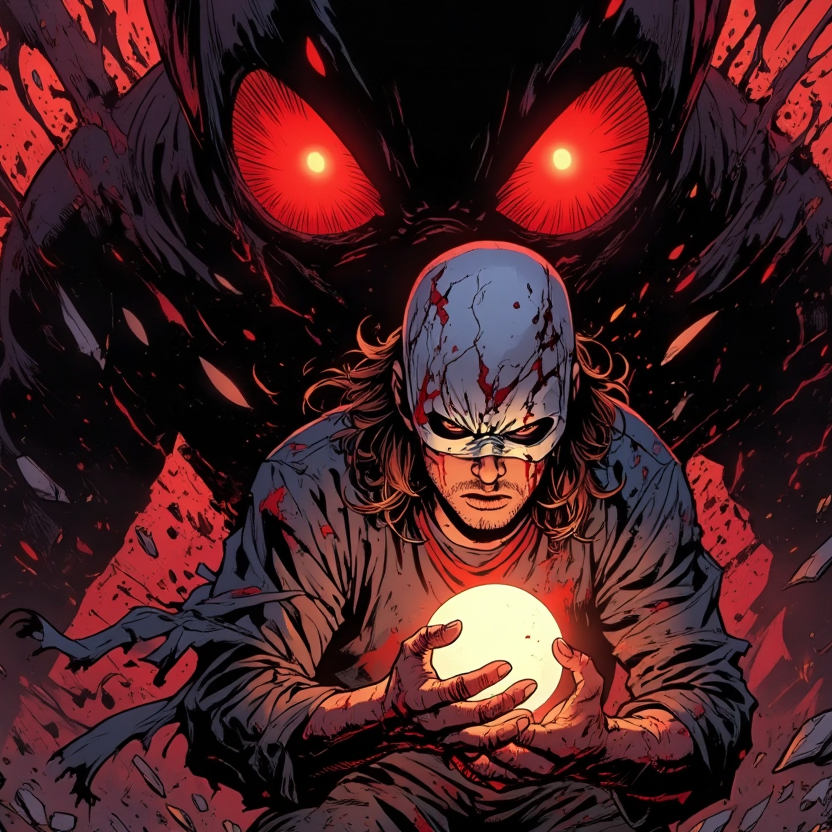“Redneck Love” by ReeToxA wastes no time diving into its gritty, hard-hitting rock sound. The song opens with pounding drums that set a steady and aggressive rhythm, giving the track a strong sense of drive. Electric guitars layer in with sharp, distorted riffs that feel both urgent and deliberate, filling the space with raw energy. The composition is tight and purposeful, built to get your adrenaline up whether you’re at the gym or behind the wheel.
Vocals come in with a rough, lived-in tone that matches the instrumentation well. The delivery is confident and unfiltered, bringing both attitude and humor to the lyrics. At its core, the song explores the emotional sting of seeing someone like Travis Kelce dating a global superstar like Taylor Swift. Rather than wallowing in jealousy, the lyrics twist the feeling into something loud, bold, and oddly relatable. It captures a universal moment of frustration and flips it into a fierce, tongue-in-cheek anthem.
Throughout the track, the rhythm section keeps things grounded while the guitars push forward with bursts of intensity. Every part of the song works together to build momentum without ever losing control. There are no wasted moments. This single was designed to be loud, proud, and unforgettable.
“Redneck Love” stands out because it doesn’t try to fit in. It embraces its subject with a rock edge that’s as unapologetic as its message. ReeToxA may have started with a moment of jealousy, but they turned it into a song that hits hard and stays with you.



